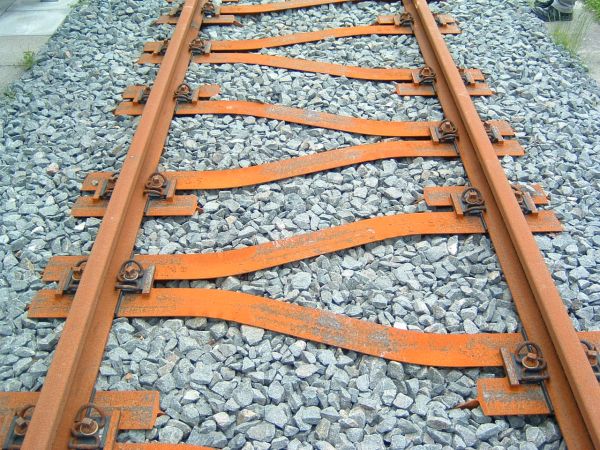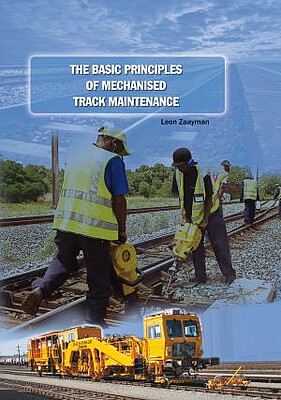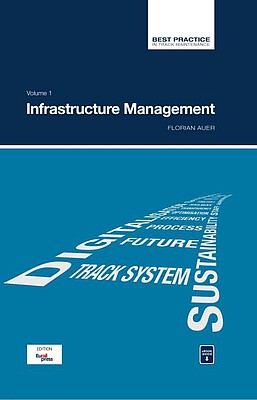Y-steel sleepers / ties
The Y-steel sleeper is a special form and is today used throughout the world. Its low height and width can be the solution to the problem of limited space. Its shape was a challenge. A machine had to be developed to lay these sleepers in a rotated manner. They are used on routes with high and low axle loads, even the speeds may vary.
They are laid in ballasted track and in combination with an asphalt layer.
Advantages:
- Double support
- High transverse and longitudinal resistance
- Low height
- Light weight
- Very good frame stiffness
Disadvantages:
- A normal tamping machine cannot be used
- High price of manufacture
- High damage to the track frame in the case of derailment
You can find suitable specialist literature to the topic here:
The Basic Principles of Mechanised Track Maintenance
This book is dedicated to the many people involved in the day to day planning and performance of track maintenance activities. Providing a practical approach to everyday challenges in mechanised track maintenance, it is not just intended as a theoretical approach to the track system.
Railways aim at transporting people and freight safely, rapidly, regularly, comfortably and on time from one place to another. This book is directed to track infrastructure departments contributing to the above objective by ensuring the track infrastructure’s reliability, availability, maintainability and safety – denoted by the acronym RAMS. Regular, effective and affordable track maintenance enable RAMS to be achieved.
Best Practice in Track Maintenance, Vol 1 - Infrastructure Management
Infrastructure Management Volume 1 looks at aspects of infrastructure management with particular reference to the single European railway area. Based on best-practice examples from Central Europe, measures for the targeted retrofitting and improvement of the infrastructure maintenance of the existing network are presented. In many cases, infrastructure operators are faced with a generational change, which accelerates the process. Modern information and communication technology can simplify the comprehension and presentation of complex contexts. Modified approaches to asset management and life-cycle management enable implementation of the "transparent permanent way" or the "railway 4.0".



